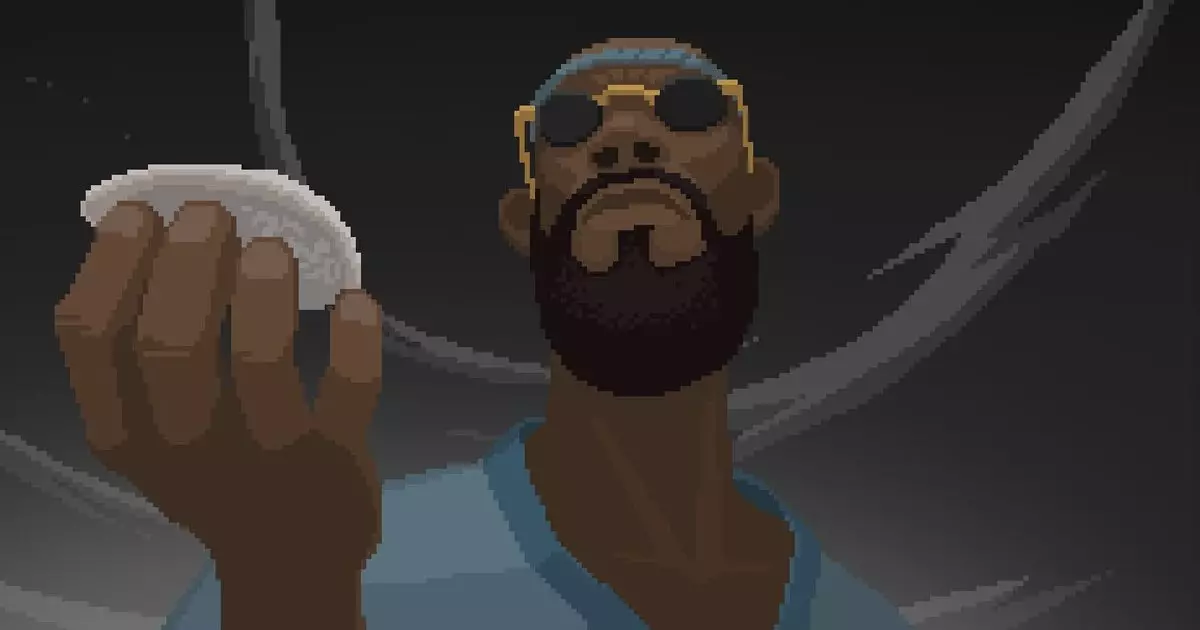The term “indie game” has long been a puzzling puzzle piece in the world of modern gaming. At first glance, it seems straightforward—a game created by independent developers, often with limited resources, and usually published without the backing of a major publisher. However, as the industry matures, this definition becomes increasingly murky. Is self-publishing enough? Is working with a small team all that matters? Or has the label simply become a badge of artistic integrity regardless of funding? The recent debate surrounding *Dave The Diver* exemplifies this ambiguity vividly. Despite its nomination for “Best Independent Game” at The Game Awards, the developers emphasized their disassociations from the indie label, clarifying that their game is funded by Nexon, a giant in the gaming industry. This discrepancy reveals the fluidity of the term and reflects deeper issues about authenticity, marketing, and perception.
The Invisible Lines of Funding and Team Size
Traditionally, indie games were a reaction to the often monolithic nature of big-budget AAA titles. They carried the spirit of daring experimentation, artistic rebellion, and a boutique approach to game-making. Yet, in the current landscape, the mere size of a team no longer reliably predicts an indie status. Some small studios operate under the umbrella of major corporations, effectively blurring the lines between independent and corporate-backed projects. Conversely, solo developers or tiny outfits may still produce titles that feel genuinely “indie” because they embody a creative ethos free from corporate influence. The case of *Dave The Diver* underscores this duality—here is a game produced under the umbrella of a major publisher, yet it boasts stylistic and gameplay choices that resonate with indie sensibilities.
The Role of Public Perception and Awards
Awards like The Game Awards have added another layer of complication. Who decides what qualifies as “independent”? Is it media-driven nominations, consumer perception, or the developers’ intention? Many argue that the nomination process, reliant on media outlets and without direct submissions from developers, naturally favors projects that appear indie, regardless of their funding source or studio size. Geoff Keighley’s acknowledgment that “independent is a broad term” is a gentle nod to this ambiguity, but it does little to settle the debate. Ultimately, these categorizations often reflect marketing strategies as much as they do genuine development stories. The *David vs. Goliath* narrative persists, but it is increasingly a myth—today’s indie label can be handed out, taken back, or reshaped by perception and media spin.
Art Style and Innovation as Defining Traits
Despite the funding and corporate affiliations, many argue that the essence of an indie game lies more in its aesthetic and gameplay innovation than in its socio-economic background. *Dave The Diver*—despite its connection to Nexon—exhibits artistic idiosyncrasies and gameplay mechanics that feel fresh and liberated from AAA conventions. This raises a philosophical question: does an “indie” feel come solely from technical independence, or from a creative attitude, a refusal to conform? If a large studio produces a game that challenges norms and introduces novel ideas, does it lose its indie badge? Or does the label simply become a marketing term that signals a certain kind of gameplay experience?
Reevaluating the Significance of the Indie Label
The obsession with labels—whether indie, AAA, or mid-tier—may be more about branding than substance. For gamers, labeling can affect expectations, perceived quality, and cultural significance. But in the end, it should not overshadow what truly matters: the game itself. A game like *Dave The Diver* demonstrates that quality and innovation are not exclusive to any specific category. It embodies a spirit of creativity that can thrive within or outside the traditional “indie” framework. By fixating on labels, not only do we risk undervaluing great games that don’t fit neatly into predefined boxes, but we also undermine the evolution of game development as a whole. Perhaps it is time to abandon rigid definitions and embrace the complexity and nuance that real-world development entails. Because, in the end, the most compelling games are those that break boundaries—not necessarily the ones that perfectly fit marketing categories.

